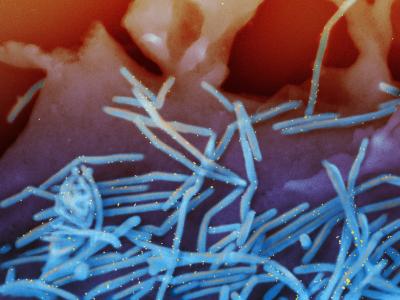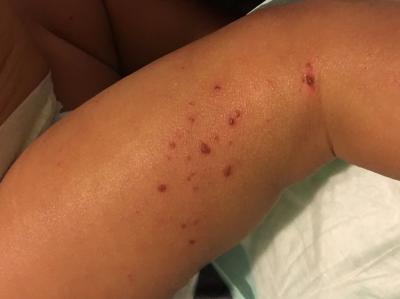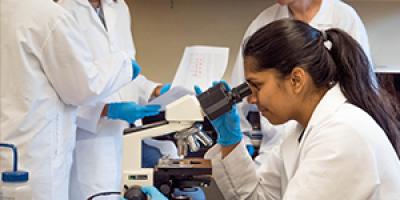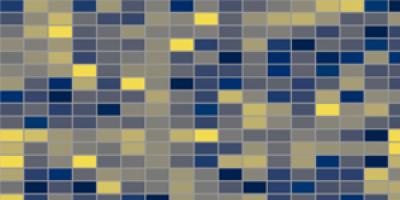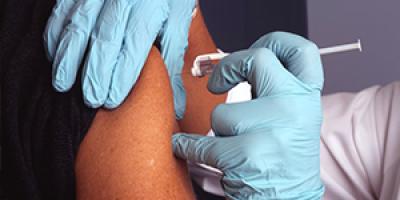NIAID and other NIH institutes and centers (ICs) are seeking research applications to accelerate NIH’s Helping to End Addiction Long-Term (HEAL) Initiative, which will develop safe and efficacious medications to treat and prevent opioid use disorders through two companion notices of funding opportunities (NOFOs):
- HEAL Initiative: Novel Targets for Opioid Use Disorders and Opioid Overdose (R01, Clinical Trial Not Allowed)
- HEAL Initiative: Novel Targets for Opioid Use Disorders and Opioid Overdose (R21, Clinical Trial Not Allowed)
The ongoing opioid use and overdose crisis prompts an urgent need to develop new medications by identifying novel research targets and lead molecules to develop therapeutic approaches that will be effective at various stages along the trajectory of opioid use disorders (OUDs); from initiation to chronic use, physical dependence, relapse, and overdose.
Research Scope
The NIH HEAL Initiative NOFOs specifically focus on identifying novel targets and preclinical validation of small molecules and biologics for treating OUDs, opioid overdose, and opioid-polysubstance use comorbidities.
Your proposed studies could include the following:
- Identification of novel targets for the treatment of OUDs, opioid overdose, and opioid-polysubstance use comorbidities.
- Discovery and development of small molecule probes and lead compounds for specific novel targets that have been identified as promising targets for OUD and opioid overdose.
- Studies on the interaction of the hits and probe molecules with the identified targets/pathways.
- Identification of peptides, biologics (monoclonal antibodies, recombinant proteins), and nucleic acid-based molecules to modulate the expression or function of the identified targets.
- Studies on target engagement in vivo, mechanism of action, and target selectivity.
The NOFOs provide a longer list of example topics.
NIAID-Specific Research Interests
Synthetic opioids, such as fentanyl, carfentanil, acetylfentanyl, sufentanil, remifentanil, lofentanil, and alfentanil, have also been designated as highly toxic chemicals of concern where medical countermeasures (MCMs) are urgently needed.
Through the Chemical Countermeasures Research Program (CCRP), NIAID supports the research and early-stage development of MCMs to treat and/or prevent serious morbidities and mortality during or after high consequence public health emergencies involving the release of highly toxic chemicals that may result in mass civilian casualty. CCRP is especially interested in novel therapeutic targets and approaches that:
- Will improve the current post-exposure/overdose standard-of-care therapies to rescue victims of synthetic opioid intoxication more effectively, either alone or in combination with other substances, such as xylazine and nitazenes.
- Can be deployed easily and rapidly in the field, i.e., amenable to mass casualty use.
- May be therapeutically effective against one or more of the synthetic opioids of concern listed above.
- Has a mechanism of action other than antagonizing the mu-opioid receptor.
- Improves respiratory drive to stimulate reversal of opioid-induced respiration depression (OIRD).
Avoid Proposing These Nonresponsive Research Studies in Your Application
If your application includes studies on the following topics, NIH will consider your application to be nonresponsive and return it to you without review:
- Studies focused on targets for the discovery of analgesics for pain treatment.
- Optimizing leads to clinical candidates and drug development efforts.
- Generating new animal models.
- Studies that do not focus on the discovery of novel targets or probes for OUD/opioid overdose, or targets involved in comorbidities associated with opioid use combined with other substances.
Include a PEDP in Your Application
The NOFOs require a Plan for Enhancing Diverse Perspectives (PEDP), described in NOT-MH-21-310, submitted as other project information as an attachment (see Section IV).
We strongly encourage applicants to read the NOFO instructions carefully and view the available PEDP guidance material. Peer reviewers will assess the PEDPs as part of the scientific and technical peer review evaluation; we will also consider PEDP among programmatic matters with respect to funding decisions.
Award Information
Application budgets for the R01 NOFO are limited to no more than $400,000 in annual direct costs and need to reflect the actual needs of the proposed project. For R21 applications, the combined budget for direct costs for the 2-year project period may not exceed $275,000. Applicants cannot request more than $200,000 in any single year.
The scope of the proposed project should determine the project period. The maximum project period for an R01 application is 5 years, while the maximum project period for an R21 application is 2 years.
NIAID and its partnering ICs plan to fund between eight and ten awards through both NOFOs.
Both NOFOs have a single application due date: February 1, 2024, at 5 p.m. local time of the applicant organization.
Contact Information
Direct inquiries to Dr. Dave Yeung, NIAID’s scientific/research contact for both NOFOs, at dy70v@nih.gov or 301-761-7237.



